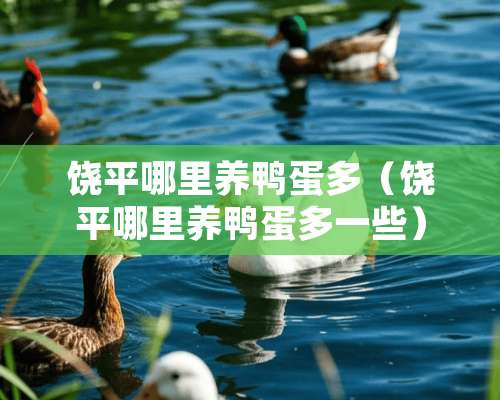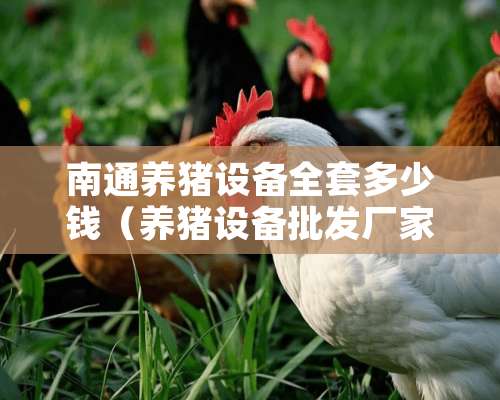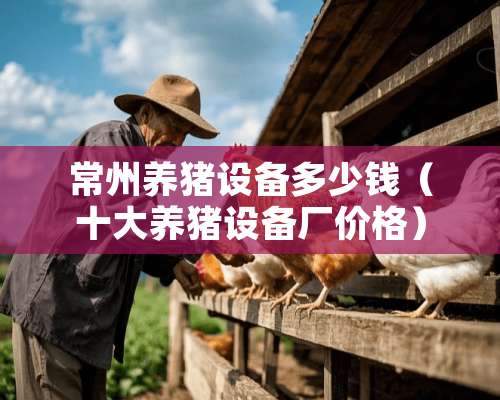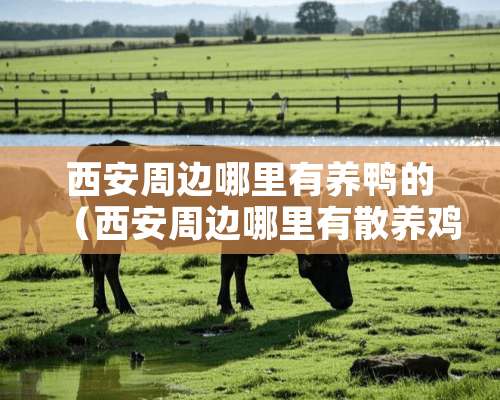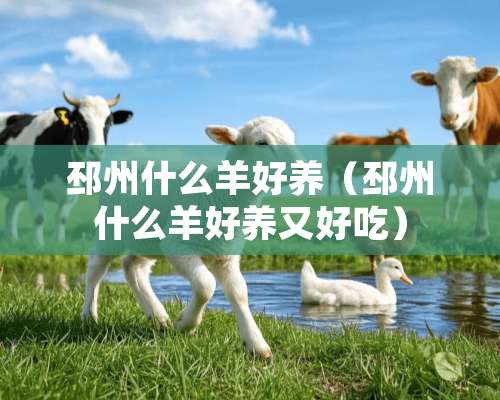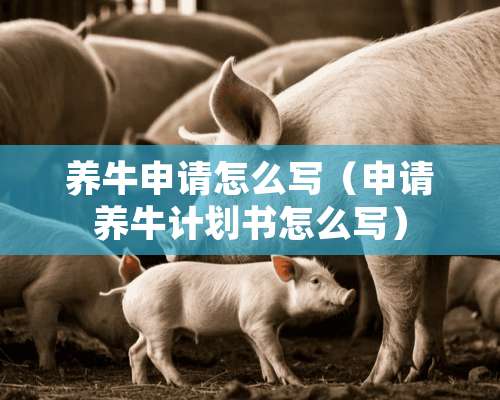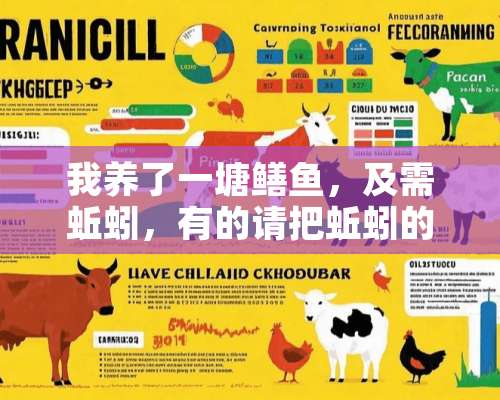今天养殖艺技术网的小编给各位分享非洲哪些国家进口罗非鱼的养殖知识,其中也会对非洲旱地挖鱼是什么鱼(非洲地里挖鱼)进行专业解释,如果能碰巧解决你现在面临的问题,别忘了关注本站,现在我们开始吧!
非洲旱地挖鱼是什么鱼
肺鱼是一种和腔棘鱼类相近的 淡水鱼。古代时曾在地球上大量 繁殖,现在仍有少数保存着其种族而遗留下来,可以说是一种“ 活化石”。颌为自接式,平时用 鳃呼吸,在干涸时可以用鳔当作肺呼吸,鳔在食道处有一开口,可以叫做 内鼻孔,背鳍、 臀鳍和尾鳍愈合在一起,颌上没有硬骨,有特殊的齿板。
这种神奇的鱼有肺,因此能呼吸。随后的研究发现,它可以用鳃和肺同时呼吸,也可以单独地使用肺或鳃呼吸。实际上,肺鱼有两套呼吸系统,在水中它用鳃呼吸,到了干旱的季节,河水干涸时,它会躲在泥里用肺呼吸。
扩展资料肺鱼在 软组织的构造、发育、生理和行为方面有许多性状与现生两栖类接近而不同于其他现生鱼类,例如美洲肺鱼具有以声门与食道相接的双肺,鳃及鳃部血管较退化, 心脏具二心室,其一接受来自肺部的血液,动脉锥有瓣膜将来自肺部的血液与来自鳃部的血液分开。

不久前,有些学者提出,肺鱼在具有 会厌软骨、 脑下垂体结构及其激素成分、 晶状体蛋白、 胆汁盐、鳃弓肌肉等方面亦与现生 两栖类最为接近。
参考资料:百度百科-肺鱼
罗非鱼是产卵还是产仔。
罗非鱼,俗称:非洲鲫鱼,为一种中小形鱼。现在它是世界水产业的重点科研培养的淡水养殖鱼类,且被誉为未来动物性蛋白质的主要来源之一。原产于非洲,属于慈鲷科之热带鱼类,和鲈鱼相似。通常生活于淡水中,也能生活于不同盐份含量的咸水中,也可以存活于湖,河,池塘的浅水中。它有很强的适应能力,在面积狭小之水域中亦能繁殖,甚至在水稻田里能够生长,且对溶氧较少之水有极强之适应性。绝大部分罗非鱼是杂食性,常吃水中植物和碎物请教我国养殖罗非鱼的主要品种有哪些?
罗非鱼,又称非洲鲫鱼,约有100多种。目前的主要养殖种类有:莫桑比克罗非鱼、尼罗罗非鱼、奥利亚罗非鱼、伽利略罗非鱼、齐利罗非鱼不是同一种哦
为什么很少人吃罗非鱼
罗非鱼,俗称:非洲鲫鱼,非鲫、越南鱼、南洋鲫等。原指以莫桑比克为模式产地的口孵非鲫属鱼类物种:莫桑比克口孵非鲫(学名:Oreochromis mossambicus),现为慈鲷科非鲫属及口孵非鲫属等属数种鱼类的共同俗称;英文里统称为Tilapia。现在它是世界水产业的重点科研培养的淡水养殖鱼类,且被誉为未来动物性蛋白质的主要来源之一。通常生活于淡水中,也能生活于不同盐份含量的咸水中,也可以存活于湖,河,池塘的浅水中。它有很强的适应能力,在面积狭小之水域中亦能繁殖,甚至在水稻田里能够生长,且对溶氧较少之水有极强之适应性。绝大部分罗非鱼是杂食性,常吃水中植物和碎物。罗非鱼作为日常食用的鱼类并不少人食。
罗非鱼是什么鱼
罗非鱼,俗称:非洲鲫鱼,非鲫、越南鱼、南洋鲫等。原指以莫桑比克为模式产地的口孵非鲫属鱼类物种:莫桑比克口孵非鲫(学名:Oreochromis mossambicus),现为慈鲷科非鲫属及口孵非鲫属等属数种鱼类的共同俗称;英文里统称为Tilapia。现在它是世界水产业的重点科研培养的淡水养殖鱼类,且被誉为未来动物性蛋白质的主要来源之一。通常生活于淡水中,也能生活于不同盐份含量的咸水中,也可以存活于湖,河,池塘的浅水中。它有很强的适应能力,在面积狭小之水域中亦能繁殖,甚至在水稻田里能够生长,且对溶氧较少之水有极强之适应性。绝大部分罗非鱼是杂食性,常吃水中植物和碎物。罗非鱼在哪里产?
罗非鱼最初分布于南非,后来逐渐遍及整个非洲**的淡水和沿岸的半咸水水域,为非洲湖、河的主要经济鱼类。以色列是拥有罗非鱼自然分布的唯一亚洲国家。罗非鱼的原产地——非洲
罗非鱼原产地?
罗非鱼原产于非洲的坦噶尼喀湖.罗非鱼,俗称:非洲鲫鱼,非鲫、越南鱼、南洋鲫等。原指以莫桑比克为模式产地的口孵非鲫属鱼类物种:莫桑比克口孵非鲫(学名:Oreochromis mossambicus),现为慈鲷科非鲫属及口孵非鲫属等属数种鱼类的共同俗称;英文里统称为Tilapia。现在它是世界水产业的重点科研培养的淡水养殖鱼类,且被誉为未来动物性蛋白质的主要来源之一。通常生活于淡水中,也能生活于不同盐份含量的咸水中,也可以存活于湖,河,池塘的浅水中。它有很强的适应能力,在面积狭小之水域中亦能繁殖,甚至在水稻田里能够生长,且对溶氧较少之水有极强之适应性。绝大部分罗非鱼是杂食性,常吃水中植物和碎物。
罗非鱼 英文介绍
Tilapia fishTilapia is a termed used for cichlids fish of the genus Tilapia as well as a few other cichlids that not really are tilapia fish. The genus tilapia contains more than 100 species and is originally found in Africa and parts of the Middle East but can today be found in a number of other waters around the world. Tilapia fish are appreciated both as aquarium fish and as food fish. Tilapia as a food source has played a very important role in preventing hunger in some areas as thsi fish is easy to breed and can be a very welcome source of protein in hungry struck areas. Many people hope that Tilapia fish can help end hunger and malnutrition around the world. This site is devoted both to tilapia as a food fish and to kepping tilapia fish in aquarium tanks.
Tilapia
Tilapia has been farmed for food for over 2500 years. Tilapia farming was for a long time confined to the middle east and some parts of Africa but has in recent years become a world wide industry with Asia and South and central American as large producers of Tilapia.
Tilapia is an extremely suitable fish for farming due to the fact they are fast growing and very tolerant in regards to water conditions and are generally speaking very hardy fish. The Tilapia fish that are being farmed are mainly species that aren’t true tilapias but rather from the group of fish that is called tilapia despite the fact that they in reality aren’t. The most commonly farmed Tilapia fish are found in the genus Oreochromis and Sarotherodon.
Tilapia fish value as food fish has lead to them being introduced to a large amount of waters around the world and they have established themselves in even more areas by escaping from fish farms that were breeding tilapia. This has lead to a situation where you today can find tilapia in tropical waters around the world.
Tilapia in Aquarium
Tilapia fish are very easy to keep in aquarium tanks for the same reasons that make them suitable for farming. A wide variety of tilapia species are available in the aquarium trade as well as number of the species that are called Tilapia but. Are found in the genus Oreochromis and Sarotherodon. Some of the most popular species are Tilapia buttikoferi and Tilapia mariae (Tiger Tilapia)
Tilapia cichlids are suitable for every how keeps aquariums regardless if you are a beginner or an advanced aquarium keeper. Tilapia fish can be kept in a long row of different aquarium setups depending on which species you choose to keep. You can find a tilapia species that suits almost any aquarium setup since there are both small and large species with various aggression levels. The only requirement to keep Tilapia in aquarium is that you have an aquarium of at least 40 gallon / 150 L. Larger tilapia species require larger aquarium tanks. Browse this site to find more information about how to keep and breed Tilapia fish in aquarium tanks.
====================
Large-scale commercial culture of tilapia is limited almost exclusively to the culture of three species: Oreochromis niloticus, O. mossambica and O. aureus. Of the three tilapia species with recognized aquaculture potential, the Nile tilapia, O. niloticus, is by far the most commonly used species in fish farming.
Growout strategies for tilapia range from the simple to the very complex. Simple strategies are characterized by little control over water quality and food supply and by low fish yields. As greater control over water quality and fish nutrition are imposed, the production cost and fish yield per unit area increases. Across this spectrum, there is a progression from low to high management intensity.
In traditioanal pond culture of tilapia, proper environmental conditions are maintained by balancing the inputs of feed with the natural assimilative capacity of the pond. The pond’s natural biological productivity (algae, higher plants, zooplankton and bacteria) serves as a biological filter that converts the wastes through natural biological processes.
Increasing stocking densities places increasing demands on the production system. Additional energy inputs in the form of labor, water exchange, aeration and feeds are all required to sustain the intensive system. As pond production intensifies and feed rates increase, supplemental aeration and some water exchange are required to maintain good water quality. For densities above 1.5-kg per square meter, aeration is usually required. There is a point where the incremental returns are not worthy of the additional inputs and risks. Increasing the intensity of the system does not necessarily reflect an increase in profitability.
All tilapia production systems must provide a suitable environment to promote the growth of the aquatic crop. Critical environmental parameters include the concentrations of dissolved oxygen, un-ionized ammonia nitrogen, nitrite nitrogen, and carbon dioxide in the water. Other important parameters include nitrate concentration, pH, and alkalinity levels within the system. To produce tilapia in a cost effective manner, production systems must be capable of maintaining proper levels of these water quality variables during periods of rapid fish growth. To provide for such growth, tilapia are fed high protein pelleted diets at rates ranging from 1.0% to 30% of their body weight per day depending upon their size and species.
Numerous options for holding broodfish, fry, fingerlings, juveniles, sub-adult and adult tilapias are available to the prospective farmer. The options include ponds, tanks, raceways, hapas and cages. Tanks and raceways involve considerably greater expense to construct but offer greater control. They are usually used in intensive and super-intensive culture of tilapias. Ponds are much cheaper to construct and allow management to stimulate natural productivity more readily. The major drawback of pond culture of tilapias is the greater risk of uncontrolled reproduction, which will occur if certain measures are not taken to minimize this possibility. Ponds are used in extensive, semi-intensive and intensive tilapia production. Pond culture is by far the most common method being employed throughout Latin America because it is the cheapest method and also is one of the best.
Ponds are the traditional and inexpensive way to hold spawning populations of broodfish. In some parts of the world, the pond system has been made more efficient through the use of cages or net enclosures (hapas). Basically, the hapas are fine mesh net enclosures that are about 40 square meters in size and arranged into units within a larger pond. This segregates the pond into more easily managed units. On a per unit area basis, tanks are the most efficient method of collecting and raising fry, followed by hapas and simple ponds.
In aquaculture, no two situations are alike. Each project must be carefully crafted to meet the expectations of the owners, while giving diligent consideration to the limitations and strengths inherent in the proposed venture.
Marketing the Product
The total aquaculture production of tilapia was reported to be 1,265,800 tons in 2000. International trade is growing rapidly, especially between Central American producers (Costa Rica, Ecuador and Honduras) and the United States, and between Asian producers (Taiwan, China, Indonesia and Thailand) and the United States and Japan. There is also modest trade between Jamaica and the United Kingdom. The largest exporter, Taiwan, supplies Japan with high-quality tilapia fillets for the sashimi market, and ships frozen tilapia to the United States market (40,000 tons in 2001). Taiwan exports about 70 percent of its domestic tilapia production. Thailand and Indonesia export less than 5 percent of their production.
Viet Nam has also recently entered the world tilapia market, and China exported 12,500 tons to the United States in 2001. Zimbabwe, thanks to the efforts one vertically intigrated operation, now also produces fresh and frozen fillets for the EC market.
In the United States, tilapia is now the third most imported aquaculture product by weight (56,300 tons in 2001), after shrimp and salmon. United States imports have been growing strongly and are forecast to grow further in the future. Long-term tilapia prices are expected to decrease, and this should lead to increased exports to the United States, as well as to Europe, which is still a largely undeveloped market for tilapia.

